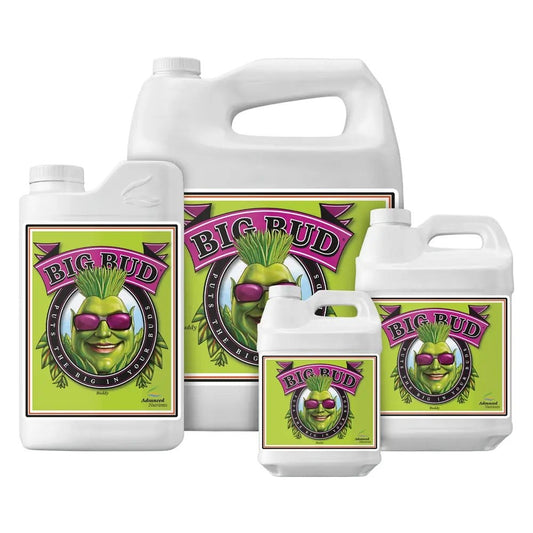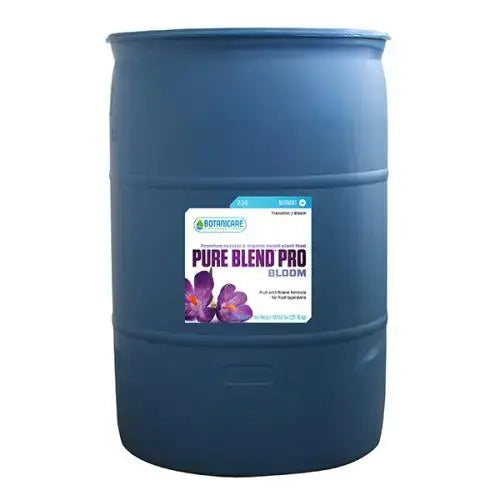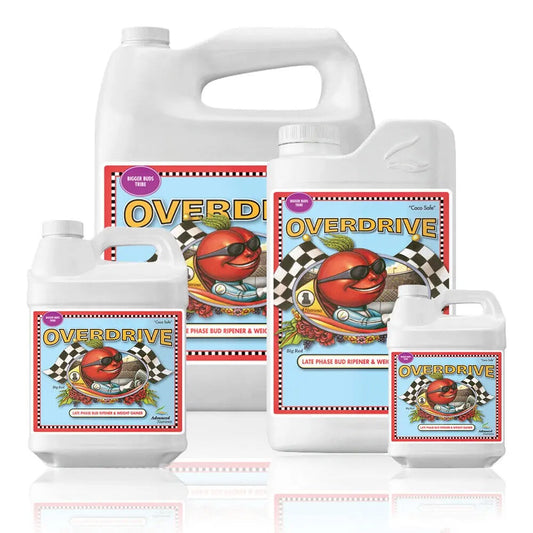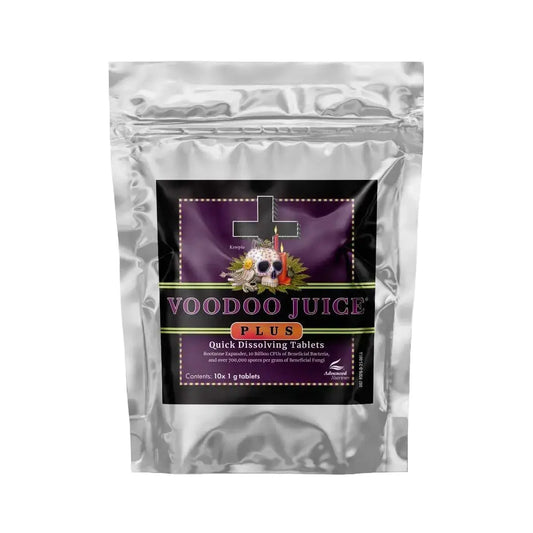Feeding People in a Changing World
Summary
This editorial will include a preface on the global food crisis and its roots, speculate whether or not agriculture can continue to feed the world with a growing population and record-high biotic stress and consider heuristic solutions to this Anthropogenic issue.
Introduction
The world is facing an existential crisis regarding feeding an exponentially growing population. Per the Food Aid Foundation, around one in nine people do not have enough food to live a fulfilling lifestyle (“World Hunger Statistics”). While the answer “Clear more land, plant more crops, and raise more cattle” seems obvious, caveats remain. Production requires more land use, and present land use methods are far from sustainable. The gamut of agricultural emissions is significantly higher than the entire transport sector, accounting for 20 percent of all greenhouse gas emissions (“How Does Agriculture Change Our Climate”). Biodiversity is decreasing at an unprecedented rate, and environmental pollutants are now found in remote regions across the Earth. It is estimated that there are 60 harvests left instead of great soil destitution from our relatively unchanged practices. The answer to “clear more land, feed more people” is convoluted, making it difficult to take action. However, there are solutions that, if executed efficiently, can mitigate the Anthropogenic and feed the globe.
Objectives
Through this piece, I will look at the food crisis as the same as the environmental crisis. The same issues dealing with food shortages are directly
linked to ecological problems. I aim to introduce organic and regenerative agriculture as the tactics necessary to feed the world in junction with replenishing natural resources and mitigating environmental impact. Organic Gardening Nutrients, Hydroponics Gardening Nutrients, Indoor Greenhouse Nutrients, etc., are essential for improving farming while minimizing ecological impact. Farming organic and regenerative is the solution to thoughtless, industrial agriculture, and the benefits of these alternative modes will be closely inspected.
Argument/Facts
The most popular alternative to industrial farming is going organic. Organic agriculture is upheld by strict guidelines where practically no artificial inputs are used, and land and habitat management are encouraged. Organic agriculture uses Organic Pesticides and Organic Fungicides instead of chemical pesticides and fungicides that degrade the environment. Rob Percival, head of policy at the Soil Association, claims organic farming can feed the world and sustain future populations. He states, “when the environmental and other damage caused by high energy and chemical inputs in non-organic farming are factored in, organic food is cheaper for society and better for the planet,” fecundating the nature of organic growing (Harvey). With that said, it sounds counterintuitive not to be farming this way. The effects of hundreds of millions of pounds of harmful chemicals would be negated each year if every farmer in the US converted to organic (Chait). Unfortunately, only a small percentage of products sold are organic, which calls for a rather significant and rapid paradigm shift. “We need an urgent shift in production and consumption if we’re to avert the worst consequences of climate change,” Rob says. As a significant call to action, the farmers must consciously select climate-conscious irrigation fittings, hydroponic irrigation supplies, and aeration systems to reduce the harmful impact of climate change. Suppose the benefits of organic are not enough reason to shift production and welcome regenerative agriculture.
Embracing the ideals of farming organic, regenerative agriculture pushes the envelope further. Regenerative farming holds that there is no waste in natural systems, only the transfer of energy from one state to another- one organism to another, all within a closed system. Hudson Hemp, a leading regenerative-organic farm in the Northeast, claims, “The principal goal of a regenerative agricultural system is to build and maintain the soil’s ability to recycle nutrients, to capture and hold water, and to minimize the farm’s dependence on outside inputs… going beyond sustainability to replenish ecosystems, nurture biodiversity, and sequester carbon, (“The Regenerative Future of Farming”). The utilization of better water pump systems further hastens the success of regenerative farming. The thing is, neither organic nor regenerative agriculture requires more land clearance, just land conversion. This double-edged sword can potentially solve bot world hunger crisis and the impending environmental disaster as a byproduct of destructive mechanized agriculture.
Citations
- Chait, Jennifer. “How Organic Farming Benefits the Environment.” The Balance Small Business, The Balance Small Business, 20 Nov. 2019, thebalancesmb.com/environmental-benefits-of-organic-farming-2538317.
- Harvey, Fiona. “How to Feed the World - without Killing Everything.” The Guardian, Guardian News and Media, 28 Jan. 2019, theguardian.com/news/2019/jan/28/can-we-ditch-intensive-farming-and-still-feed-the-world.
- “How Does Agriculture Change Our Climate?” Environment Reports, environmentreports.com/how-does-agriculture-change/.
- “The Regenerative Future of Farming.” Down-Arrow, hudsonhemp.com/farm.
- “World Hunger Statistics.” Food Aid Foundation, foodaidfoundation.org/world-hunger-statistics.html.


























Leave a comment
Please note, comments need to be approved before they are published.